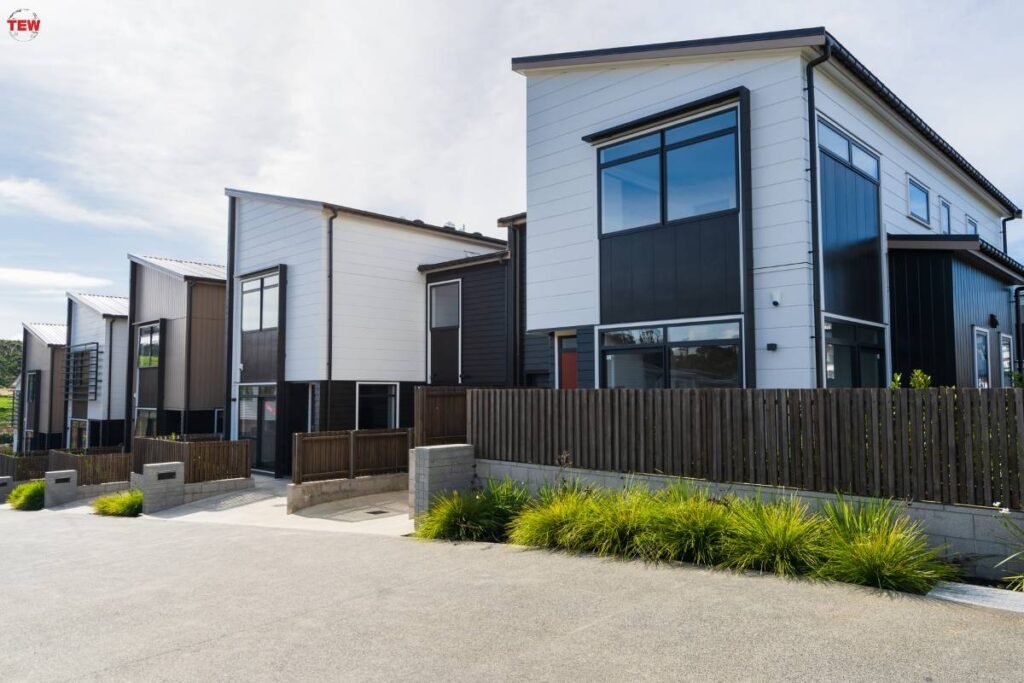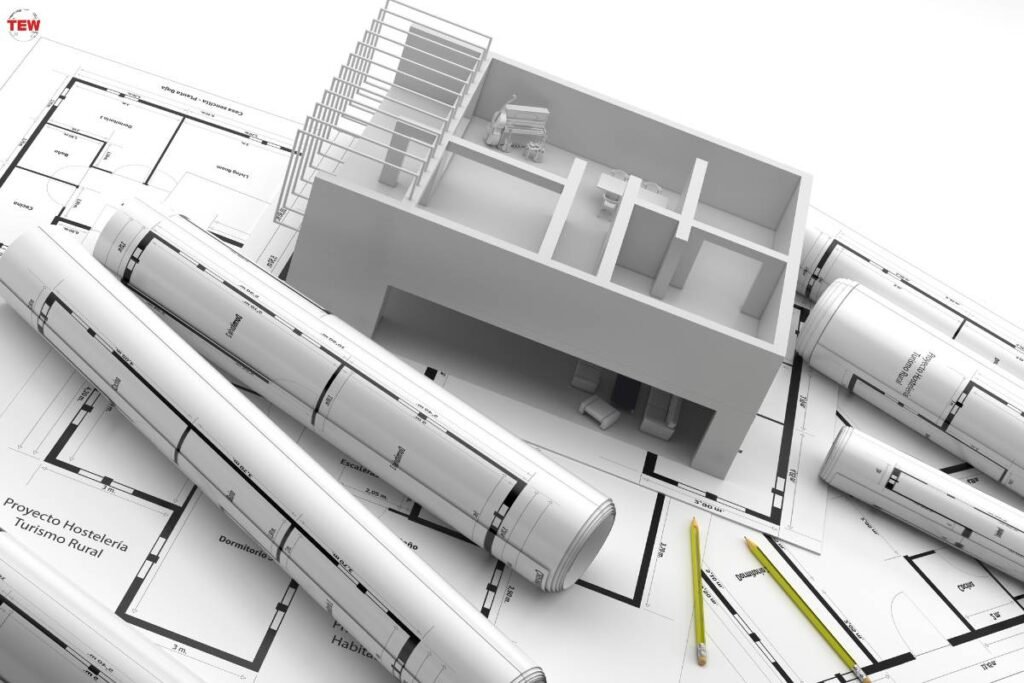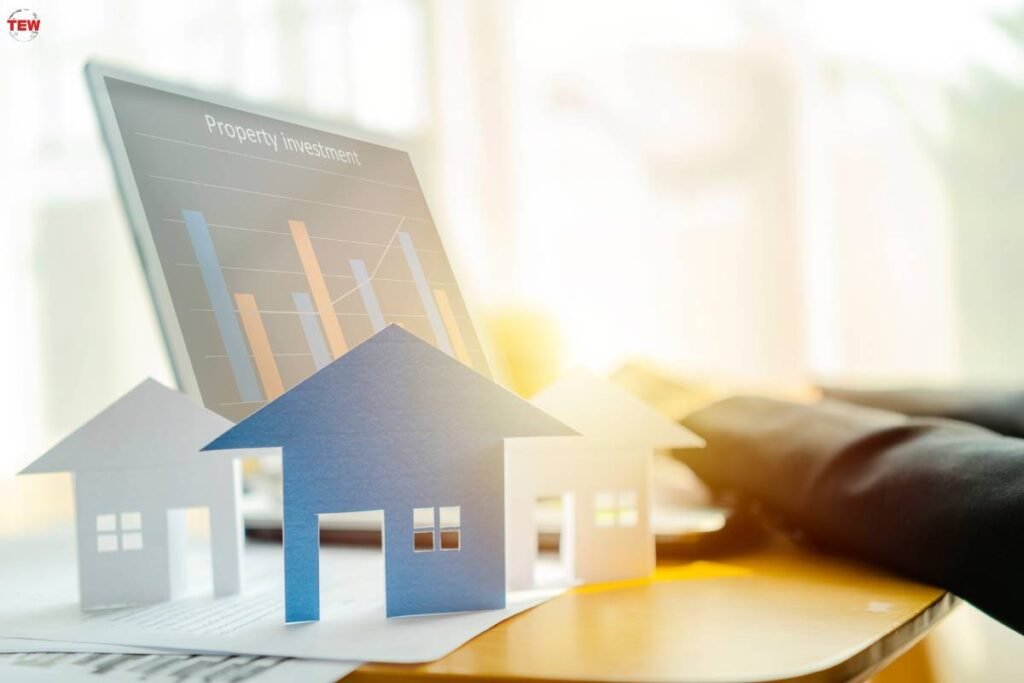Technology developments in advertising methods have been quite helpful to the real estate industry throughout the years, making it much easier to entice potential buyers. One of the most significant developments is the use of 3D renderings, which has sped up the marketing and sales process and made it easier to visualize the layout of new or still-under-construction buildings. Keep reading as we explore the technology that has revitalized the real estate marketing industry. To see stunning 3D renderings, the website of Blinqlab Direct is the place to go. There, you can find numerous excellent samples demonstrating fascinating possibilities for both buyers and sellers.
What Are 3D Renderings?
A 3D rendering is a three-dimensional, computer-generated image of an object, space, or setting. Specialized software like SketchUp is used to create these models, which can then be populated with digital items. SketchUp’s full potential can be harnessed when integrated with software for rendering SketchUp models.
Types of 3D Renderings
Several distinct 3D rendering styles are utilized in real estate marketing and design. The most popular ones are listed below:

- Exterior Renderings: Prospective buyers may see exactly what the completed exterior of a building will look like in all its glory with the help of exterior renderings. To advertise their services and listings, architects, builders, property developers, and real estate marketing firms frequently employ this kind of representation to transform exteriors with 3D renderings.
- Interior Renderings: Clients can get a better feel of a space’s layout and design with the help of interior renderings. Real estate brokers can show this rendering style to prospective buyers or tenants to increase interest in the property. Even if the building hasn’t been completed yet, a customer can get a sense of how it will look with the use of interior renderings.
- 360-Degree Virtual Tours: People can explore a virtual replica of a property in any direction and speed using 360-degree virtual tours. With this render, customers may get a more comprehensive feel for the property without leaving the comfort of their own homes.
- Site Plans: Clients can better understand a property’s surroundings with the help of a site plan, which combines 3D features with maps and aerial pictures. A site plan is a valuable tool for visualizing a property’s location in relation to its immediate surroundings.
- Walkthroughs: Virtual walkthroughs allow customers to experience a home as though they were actually there. Clients can get a greater feel for the area because of the realism afforded by this rendering style.
The Benefits of 3D Renderings
Marketing a property with the use of 3D renderings has these advantages:

- Better Visualizations: 3D renderings are more accurate representations of real estate properties than 2D drawings because of the extra detail they provide. Because the end result can be viewed before construction even begins, the design goals may be more effectively conveyed, fewer mistakes can be made during the design process, and the final product is of higher quality.
- Cost-Efficient Marketing: The use of 3D renderings in real estate advertising can have positive long-term financial effects. After an initial expense to generate the renderings, these digital assets can be used in several marketing channels at no extra cost. A single 3D rendering can be readily updated and reused, but traditional photography may necessitate repeated photoshoots for different viewpoints or design alternatives. In addition to helping you save cash, this adaptability lets you maintain a unified brand identity and message across all of your promotional media.
- Improved Client Engagement: Agents’ interactions with prospective buyers and renters are enhanced when they can show them, virtual models of properties, in three dimensions. If potential buyers can envision themselves living in the space, they are more likely to make a purchase.
- Faster Sales Cycles: Faster sales are only one of the many benefits of 3D renderings. 3D renderings, in contrast to physical models, may be created rapidly and cheaply. This allows customers to view properties and make purchases much quicker.
2D Floor Plans vs. 3D Renderings
Two common approaches to real estate advertising and design are the use of 2D floor plans and 3D renderings. Both choices are attractive in their own ways, but there are important distinctions between them.
The more popular and standard choice is a 2D floor plan. Simple and straightforward, these floor plans depict a building’s structure from above. Despite their usefulness in showcasing a building’s layout, 2D floor plans might confuse individuals unfamiliar with construction and design jargon.
3D representations, on the other hand, are a cutting-edge and contemporary alternative. Photorealistic images that mimic the look and feel of the final product provide customers a more in-depth look at a property. 3D renderings also help customers see a property’s layout, amenities, and ambiance. Another advantage of 3D renderings is their adaptability; tweaks and alterations can be done quickly and easily.
Future of 3D Renderings
It’s conceivable that as technology advances, 3D renderings will become even more immersive and engaging. As for what might happen next in the industry, consider these possibilities:

- Augmented Reality: Virtual and augmented reality technology’s potential applications in the real estate market are among the most intriguing. Using a headgear or an augmented reality (AR) enabled smartphone or tablet, prospective purchasers may see a property in real-time and “walk” through it as if they were actually there.
- More Realistic Textures: Increases in processing power should allow for more detailed and photorealistic 3D renderings. In the future, 3D representations will look even more lifelike with the use of neural networks to generate textures.
- Addition of Physics Simulations: Future 3D renderings will likely include physics simulations, letting architects and builders test out different scenarios to see how air and heat flow and how different materials respond under stress. As a result, design faults might be found and fixed early on, saving time and money.
3D renderings for Improved Real Estate Marketing and Sales
Real estate agents can increase customer involvement and streamline the sales process with the use of 3D renderings. Current applications include site planning, virtual tours, and building exteriors and interiors. These visualizations will no doubt become even more engaging and interactive as technology advances, making 3D renderings even more crucial for real estate sales and marketing.




